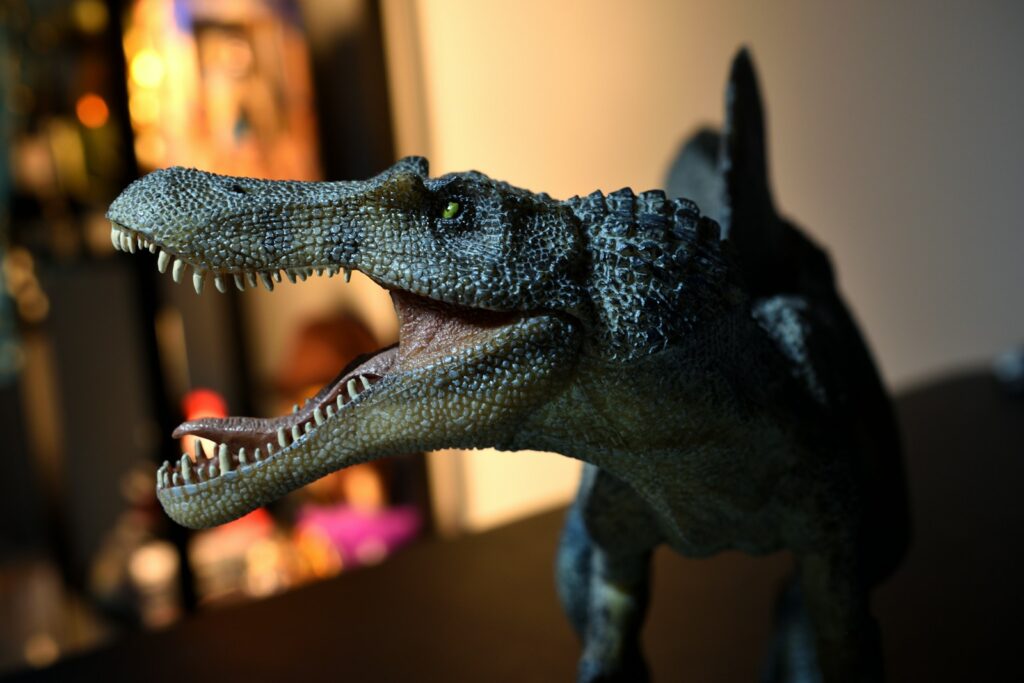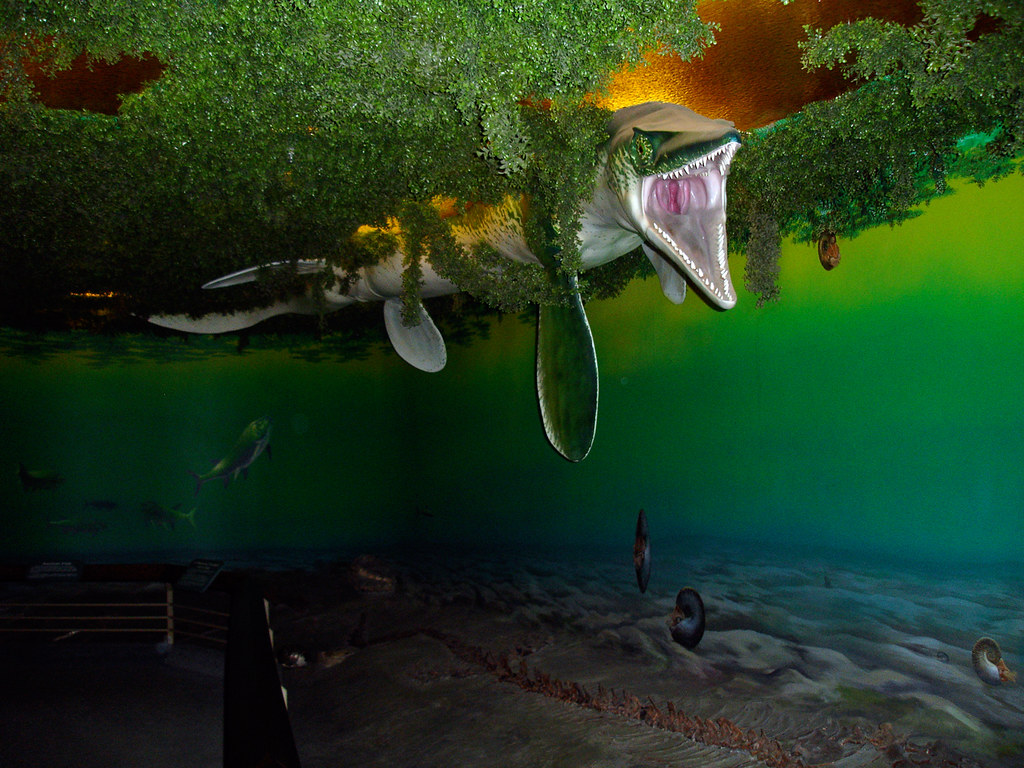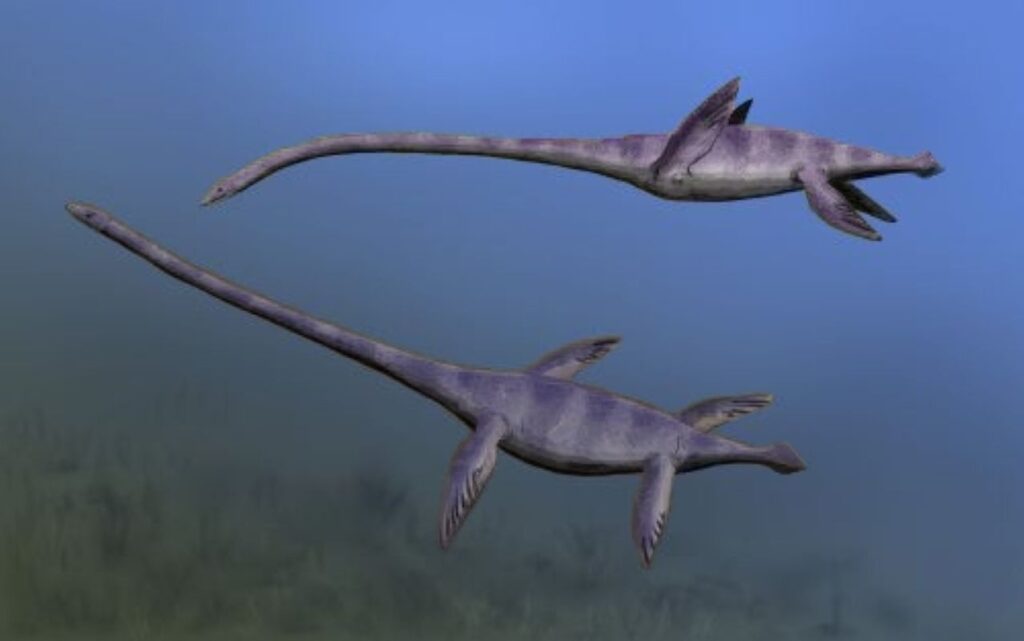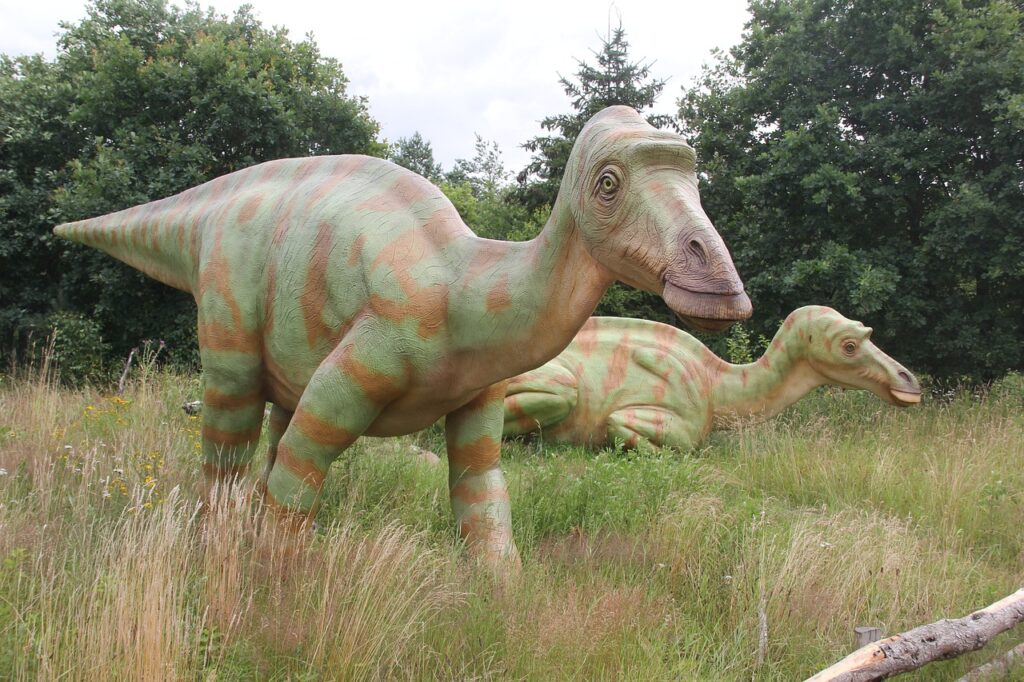Saturday morning cartoons have quietly become one of the most powerful forces shaping how children view the prehistoric world. While parents sip their coffee and kids munch on cereal, animated dinosaurs are doing something remarkable – they’re creating the next generation of paleontologists, scientists, and conservation enthusiasts. This isn’t just entertainment anymore; it’s education wrapped in colorful animation that’s sparking genuine scientific curiosity in ways traditional teaching never could.
The Dinosaur Train Revolution Changes Everything
PBS Kids’ “Dinosaur Train” didn’t just entertain children – it revolutionized how young minds absorb paleontological concepts. The show’s brilliant approach of combining time travel with real scientific facts created a learning experience that felt like pure adventure. Children who watched Buddy the T. rex explore different time periods weren’t just having fun; they were unconsciously memorizing geological eras and understanding evolutionary timelines.
The show’s impact extends far beyond screen time. Museums across the country report increased visits from families whose children specifically request to see “Triceratops like Tank” or “Pteranodons like Petey.” This direct connection between animated characters and real fossils creates lasting memories that often spark lifelong interests.
Educational researchers have noted that children who regularly watched the series demonstrate significantly better understanding of basic paleontological concepts compared to their peers. The show’s careful balance of entertainment and education proves that learning doesn’t have to feel like work when it’s packaged correctly.
How Animated Characters Make Prehistoric Science Accessible
Complex scientific concepts become digestible when filtered through relatable cartoon characters. When a friendly Stegosaurus explains how his plates regulate body temperature, children absorb thermodynamics principles without realizing they’re learning advanced biology. This emotional connection to animated dinosaurs creates neural pathways that traditional textbook learning often fails to establish.
The anthropomorphization of dinosaurs in cartoons serves a crucial educational purpose. Children naturally empathize with characters who display human emotions and relationships, making abstract prehistoric concepts feel tangible and relevant to their daily lives.
Voice acting plays an unexpected role in this learning process. When children hear their favorite cartoon dinosaur discussing migration patterns or dietary habits, they’re more likely to retain and repeat this information than if they encountered it in a classroom setting.
Scientific Accuracy Meets Creative Storytelling

Modern dinosaur cartoons work closely with paleontologists to ensure scientific accuracy while maintaining entertainment value. Shows like “Gigantosaurus” employ scientific consultants who review scripts for factual errors and suggest ways to incorporate recent discoveries into storylines. This collaboration between entertainment and academia creates content that’s both fun and scientifically sound.
The challenge lies in balancing dramatic storytelling with paleontological reality. Writers must craft engaging narratives while respecting the limitations of current scientific knowledge about dinosaur behavior, appearance, and environment.
Recent cartoons have begun incorporating new discoveries almost immediately after publication in scientific journals. When feathered dinosaurs became widely accepted in paleontological circles, animated series quickly updated their character designs to reflect this understanding, keeping young viewers current with evolving scientific knowledge.
Museums Report Unprecedented Youth Engagement
Natural history museums worldwide have witnessed a dramatic surge in young visitors directly attributable to cartoon influence. The Field Museum in Chicago reports that children arriving at their dinosaur exhibits often reference specific cartoon episodes and ask detailed questions about prehistoric life that demonstrate sophisticated understanding for their age group.
Museum educators have adapted their programs to build upon the foundation these cartoons provide. Interactive exhibits now incorporate familiar cartoon elements while introducing more complex scientific concepts, creating seamless transitions from entertainment to formal education.
The phenomenon has sparked new collaborations between museums and animation studios. Special exhibitions featuring cartoon-inspired displays attract families who might never have visited otherwise, expanding the reach of paleontological education to broader demographics.
The Psychology Behind Cartoon-Driven Learning
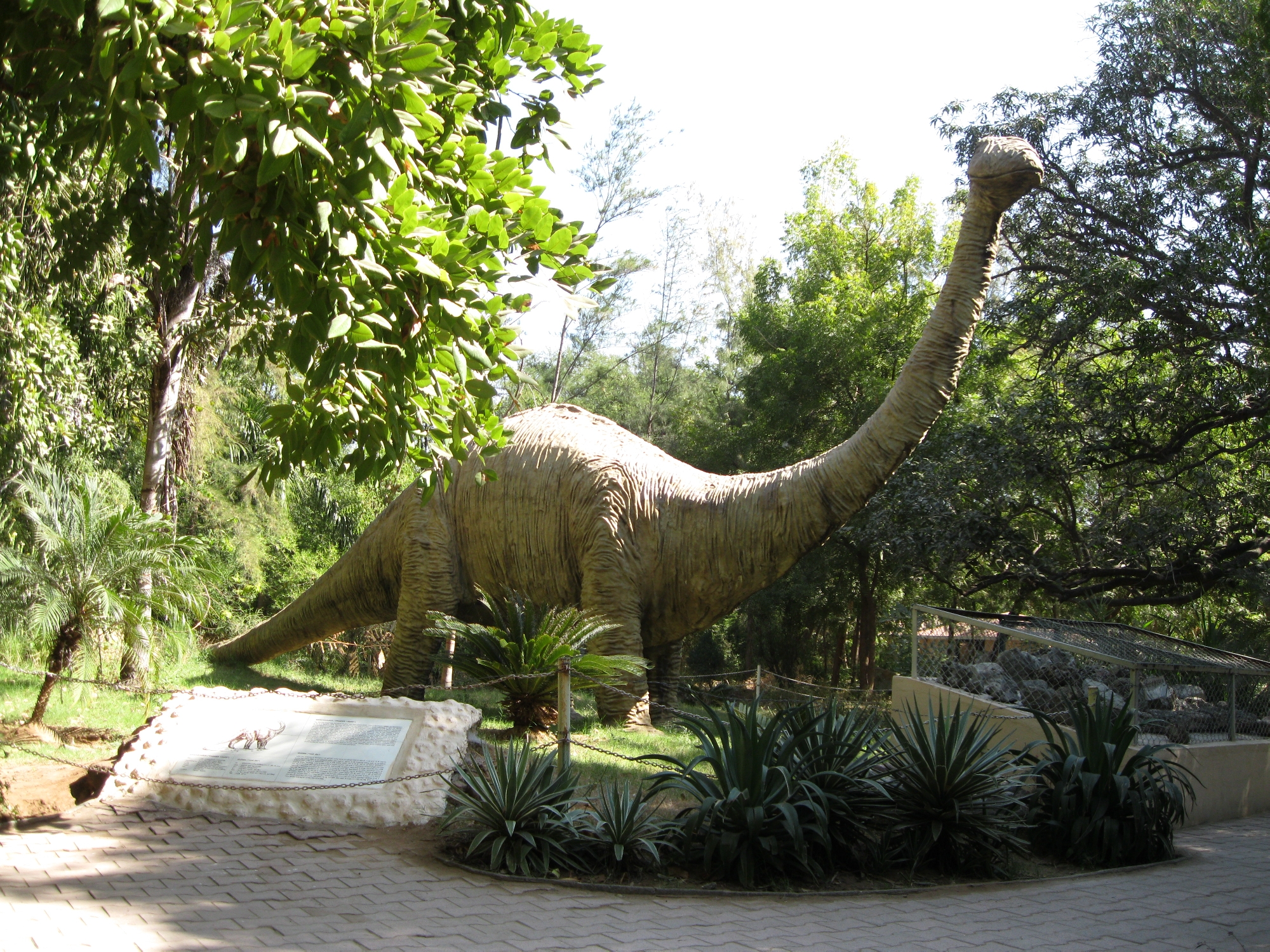
Child psychologists explain that cartoon dinosaurs succeed as educational tools because they eliminate the fear factor often associated with these massive prehistoric predators. When a T. rex is portrayed as a friendly neighbor rather than a terrifying monster, children feel safe exploring their curiosity about these ancient creatures.
The repetitive nature of cartoon viewing creates ideal conditions for learning retention. Children who watch the same episodes multiple times unconsciously reinforce scientific concepts through repetition, a proven educational technique disguised as entertainment.
Color psychology also plays a crucial role. Bright, vibrant dinosaur designs in cartoons create positive associations with paleontology, making children more receptive to related scientific concepts in formal educational settings.
Gender Breaking Barriers in Paleontology
Cartoon dinosaurs have successfully broken traditional gender barriers in science interest. Shows featuring strong female dinosaur characters and diverse storylines have encouraged girls to pursue paleontological interests at unprecedented rates. This shift addresses historical gender imbalances in STEM fields from the earliest educational stages.
Female cartoon paleontologists and dinosaur characters serve as powerful role models, showing young girls that scientific careers are accessible and exciting. This representation matters significantly in shaping career aspirations during formative years.
Parents report that daughters who previously showed little interest in science become enthusiastic about fossil hunting and museum visits after exposure to well-crafted dinosaur cartoons featuring diverse characters and storylines.
Technology Integration Amplifies Impact
Modern dinosaur cartoons increasingly integrate with educational apps, augmented reality experiences, and interactive websites that extend learning beyond television screens. Children can now excavate virtual fossils, build prehistoric ecosystems, and conduct dinosaur research using tools directly connected to their favorite animated series.
This multimedia approach creates immersive learning environments where cartoon characters guide children through increasingly sophisticated scientific activities. The seamless integration between passive viewing and active participation maximizes educational impact.
Gaming elements borrowed from cartoon storylines motivate children to complete educational challenges they might otherwise find tedious. When fossil identification becomes a quest featuring beloved animated characters, learning transforms into adventure.
Environmental Conservation Through Prehistoric Perspective

Dinosaur cartoons increasingly incorporate environmental themes that connect ancient extinctions to modern conservation challenges. When children learn about asteroid impacts and climate changes that affected dinosaurs, they develop understanding of environmental fragility that extends to contemporary issues.
These shows often draw parallels between prehistoric ecosystem disruptions and current environmental challenges, helping children understand their role as environmental stewards. The emotional connection to cartoon dinosaurs makes abstract environmental concepts feel urgent and personal.
Conservation organizations have partnered with animation studios to create content that uses dinosaur extinction as a gateway to discussing modern species preservation, creating young environmental advocates through prehistoric storytelling.
International Cultural Exchange Through Universal Appeal

Dinosaur cartoons transcend cultural boundaries, creating shared knowledge bases among children worldwide. Japanese anime featuring dinosaurs, European animated series, and American cartoon productions all contribute to a global community of young dinosaur enthusiasts who share common interests despite different backgrounds.
This international appeal has led to collaborative educational initiatives where children from different countries participate in joint paleontological activities inspired by shared cartoon experiences. Language barriers dissolve when children bond over mutual fascination with animated prehistoric creatures.
Cultural exchange programs now incorporate dinosaur-themed activities as ice-breakers, recognizing the universal appeal of these cartoon-inspired interests among young people globally.
Academic Performance Improvements Documented
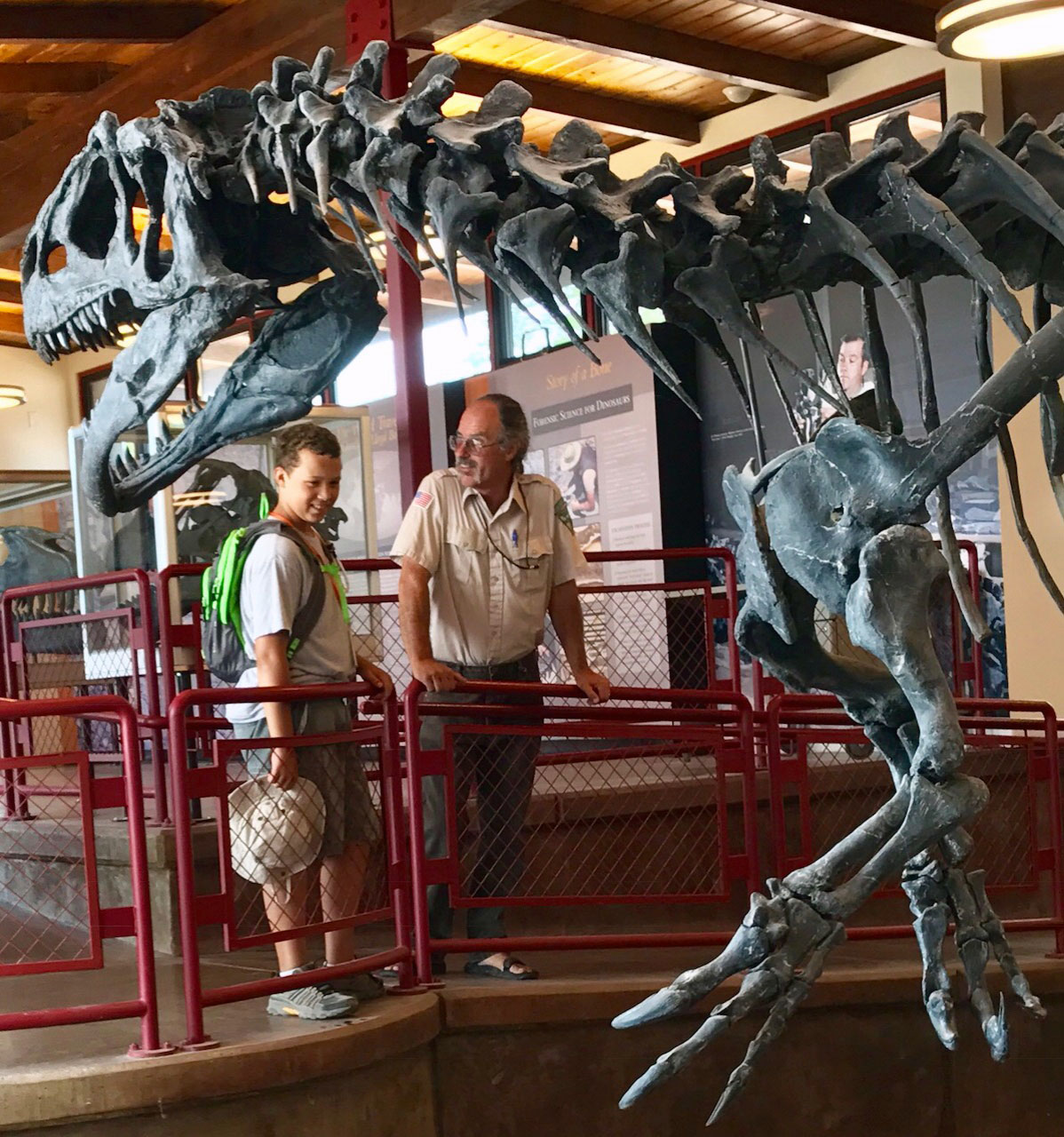
Educational researchers have documented significant improvements in science, reading, and critical thinking skills among children who regularly watch high-quality dinosaur cartoons. The complex vocabulary introduced through these shows expands linguistic capabilities while simultaneously building scientific knowledge.
Teachers report that students who are familiar with dinosaur cartoons demonstrate superior research skills when assigned paleontology projects. These children show greater comfort with scientific terminology and demonstrate more sophisticated understanding of research methodologies.
Standardized test scores in science subjects show marked improvements in schools where dinosaur cartoon viewing is encouraged as supplementary educational material, validating the academic value of this entertainment medium.
Parent-Child Bonding Through Shared Discovery
Dinosaur cartoons create unique opportunities for intergenerational learning where parents and children explore paleontological concepts together. Many adults report rediscovering their own childhood fascination with dinosaurs while watching these shows with their children, leading to shared museum visits and fossil hunting expeditions.
This shared interest strengthens family bonds while reinforcing educational content through discussion and exploration. Parents who might feel intimidated by their children’s science questions find cartoon-based learning more approachable and enjoyable.
Family activities inspired by dinosaur cartoons, from backyard archaeology games to dinosaur-themed crafts, extend learning beyond screen time and create lasting positive associations with scientific exploration.
Career Inspiration Documented in Longitudinal Studies
Long-term studies tracking children who were heavy consumers of dinosaur cartoons show statistically significant increases in STEM career choices, particularly in paleontology, geology, and related fields. Universities report receiving applications from students who cite childhood cartoon experiences as initial inspiration for their academic pursuits.
Professional paleontologists increasingly credit cartoon exposure during childhood as crucial in developing their career interests. These testimonials validate the long-term impact of animated educational content on professional development trajectories.
Career guidance counselors now recognize dinosaur cartoon enthusiasm as a legitimate indicator of potential STEM aptitude, incorporating these interests into academic planning discussions with students and families.
Future Innovations in Educational Animation
The success of current dinosaur cartoons has inspired development of even more sophisticated educational animation projects. Virtual reality experiences, interactive holographic displays, and AI-powered personalized learning systems all build upon the foundation established by traditional cartoon formats.
Next-generation educational cartoons will incorporate real-time scientific updates, allowing animated content to evolve alongside paleontological discoveries. This dynamic approach ensures that educational content remains current and accurate as scientific understanding progresses.
Investment in educational animation technology continues growing as evidence mounts regarding its effectiveness in inspiring scientific interest and improving academic outcomes among young learners.
The Ripple Effect on Scientific Literacy
The influence of dinosaur cartoons extends far beyond individual viewers to impact broader scientific literacy rates in society. Children who develop scientific thinking skills through cartoon-inspired learning carry these abilities into other academic areas and eventually into adult decision-making processes.
This improved scientific literacy has measurable impacts on public understanding of evolution, climate change, and environmental issues. Adults who developed critical thinking skills through childhood exposure to educational dinosaur content demonstrate greater comfort with scientific concepts throughout their lives.
The long-term societal benefits of cartoon-inspired scientific education continue emerging as the first generation of heavily cartoon-influenced learners reaches adulthood and brings enhanced scientific literacy to their communities and workplaces.
Children’s cartoons have proven themselves as unexpected but powerful catalysts for scientific curiosity and learning. These animated adventures do more than entertain – they create emotional connections to prehistoric worlds that inspire lifelong learning journeys. From museum visits to career choices, the influence of cartoon dinosaurs ripples through generations, building scientific literacy one episode at a time. The next time you see a child mesmerized by an animated T. rex, remember that you might be witnessing the birth of tomorrow’s greatest scientific mind. Who knows what discoveries await when cartoon-inspired wonder meets real-world exploration?

